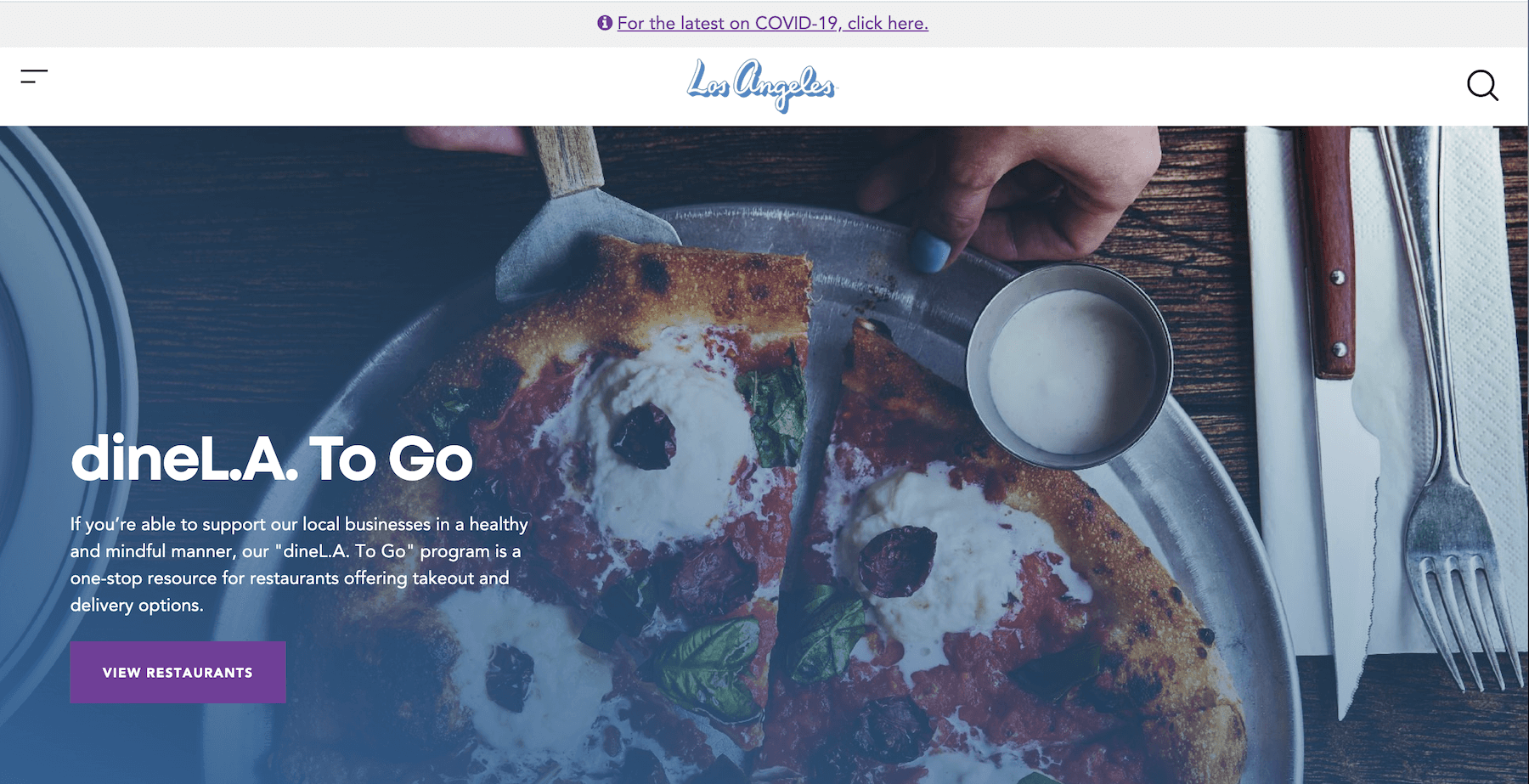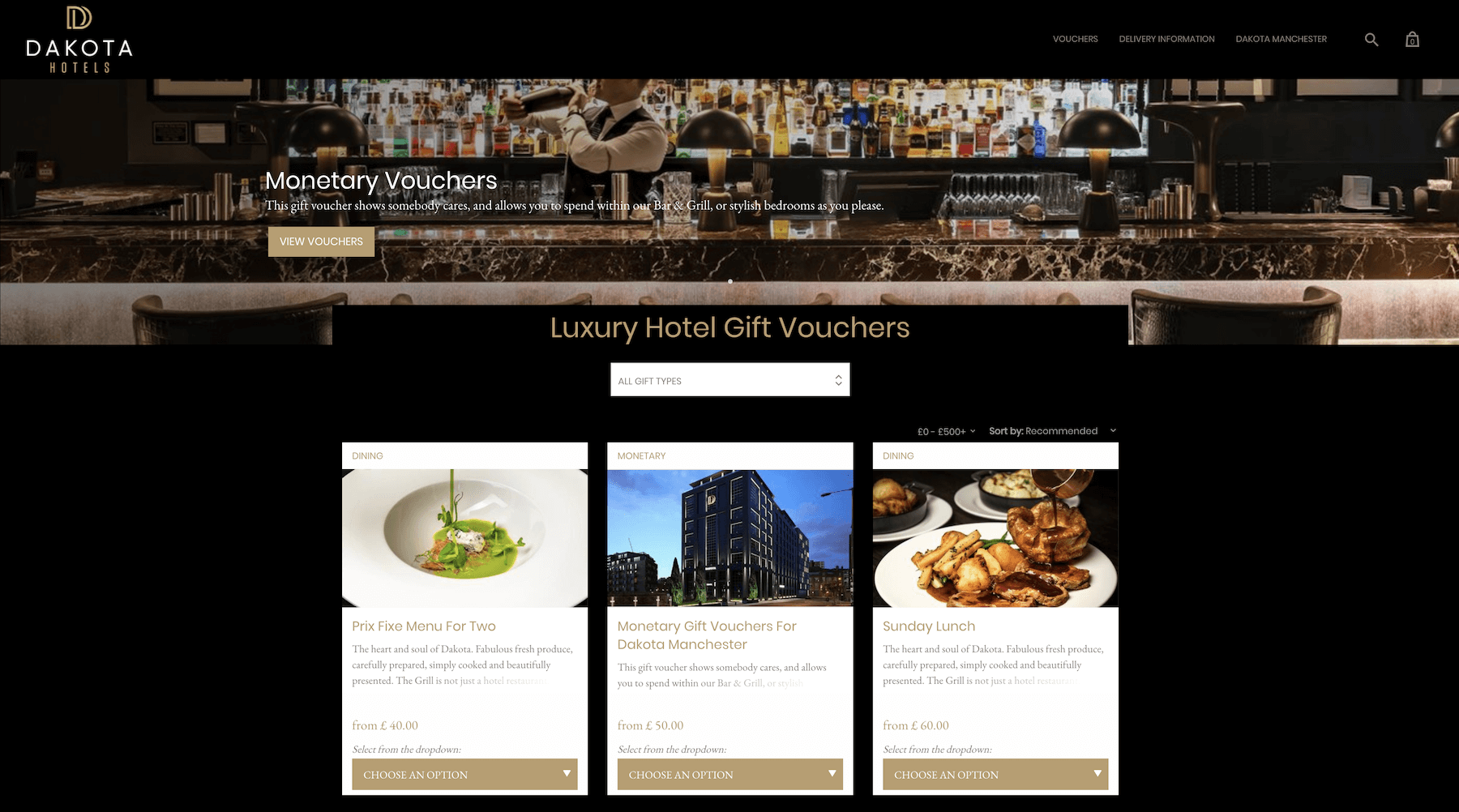INSIGHTS
How can the travel industry support local residents with more urgency?
March 27, 2020 / Greg Oates (Author)
There are millions of service people who suddenly lost their jobs in the travel industry last week, and countless small business owners are facing bankruptcy in the near-term.
Government stimulus packages and bail-outs will provide some respite for some people, but meanwhile, there are industry leaders today manning suicide-prevention lines to consult fear-stricken business owners who have lost everything.
The travel industry has continually emphasized that “We’re all in this together,” and we’ll get through Covid-19 eventually like we have other crises. There’s value in that, but how can travel industry leaders step up their efforts to help their local business owners and residents now — today?
Last week, I wrote about how Visit Fort Worth rolled out several initiatives to drive immediate resident spend toward local businesses in the culinary, cultural and retail sectors. Critical to Visit Fort Worth’s strategy, the city’s local government and business/cultural leaders are helping promote the organization’s initiatives across their own social networks to engage and educate as many residents as possible.
That community alignment is key to increase immediate spend. It’s too early to gauge just how much actual dollars are going to residents, but it’s a start. Furthermore, these initiatives are expanding networks in cities during a time when everyone is looking for support, direction and new opportunities from as many people as possible.

The Industry Responds
A lot has evolved during the last week.
A surge of destination organizations have since developed new pages that list, primarily, restaurants that are open for curbside takeout and delivery to help support local business continuity. In my hometown, the Los Angeles Tourism & Convention Board (Discover Los Angeles) produced the dineL.A. To Go portal to support area restaurants, and it reworked its homepage to promote it.
That’s important. Typically, because of search and social, visitors don’t enter destination organization websites via the homepage. Residents do, however, so L.A.’s homepage is a good case study for adapting web UX design today to drive higher resident engagement with regional businesses now.
Smaller destinations are equally proactive. Dutchess Tourism in New York’s Hudson Valley produced this page: Top 10 Ways You Can Support Local Dutchess County Businesses. Links show how to support not just local restaurants, but also distillers and farmers.
“We need to follow up every week with our local businesses because some restaurants are closing,” Mary Kay Vrba, CEO of Dutchess Tourism, told me. “We’re just trying to keep our service people employed.”
To help get new information to as many locals as possible, Dutchess Tourism and all of the partners on the Dutchess Business Notification Network send out one email to an aggregated member list with everyone’s updates.
Building on that, Dutchess Tourism is collaborating with the local film commission to crowdsource homemade videos in the area. The tourism organization will use those to launch a new video in mid-April that will further promote how residents can support the local economy.
From an industry supplier perspective, Simpleview just created four new core amenity fields to the Simpleview CRM, which help destinations show businesses that are open or closed, and restaurants that offer takeout and delivery.
For more updates, check out Crowdriff’s recent post about How DMOs Are Responding to Covid-19, with a range of destination initiatives from Northern Italy to Southern California.
Questions
Two questions come to mind as I’ve watched all of these destinations roll out new resident-facing pages.
- Why are so many destinations just promoting their restaurants? Can’t more be done with online platforms to support members of the local retail industry and creative economy, who also directly contribute to why people visit or relocate to a destination? Bermuda Tourism Authority‘s basic Simplesheet page provides some direction.
- Can the travel, tech, retail and restaurant industries collaborate more intentionally to drive resident traffic straight to business pages with direct booking capability, so people can buy gift cards or merchandise more easily? As we’re all aware, diminishing friction during the path to purchase increases conversion.
Here’s a case study that provides some potential answers, or at least direction, for the rest of the industry.

Visit Manchester
Visit Manchester’s Pay it Forward: Gift Voucher Idea page links to local businesses segmented by: Hotels, Restaurants, Shopping, Activities, Cultural Venues, Tour Guides, and Cafes and Coffee Shops.
The big innovation here is that each link directs viewers to pages with purchasable product. If I’m living in Manchester, then, Visit Manchester has made it incredibly easy for me to spend money to support my community.
The wide array of purchase options at various price points include: workshops and tours at the Royal Exchange Theater; a Japanese Whisky Masterclass at the Peter Street Kitchen restaurant; a jar of croissant butter at Pollen Bakery (sold out); a 5-person live game room experience at Breakout Manchester; and dining and future stays at the Dakota Manchester.
I don’t know how much money this portal is driving to local businesses and organizations. Again, it’s too early to tell, and I have a request in with Visit Manchester for more information. However, it’s clear that the citywide “Pay it Forward” initiative involved a significant amount of work and coordination to help local entrepreneurs develop all of that e-commerce opportunity.
People are dying. Convention Centers are field hospitals. Tens of thousands of people are panicking who have no jobs and little money. Last week, they were working in hotels, restaurants, retail and cultural venues.
During the past few days, I’ve had discussions with various travel industry leaders who suggest that there are more important things to focus on right now, ranging from the CARES Act to mass layoffs to decimated budgets to 10% room occupancy.
I get it, but we can do more. People at Visit Fort Worth and Visit Manchester and other organizations are already doing more, right now, today.
How can we create a greater sense of urgency for the rest of our industry?


